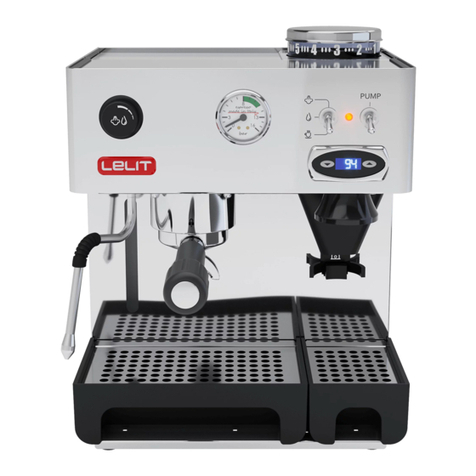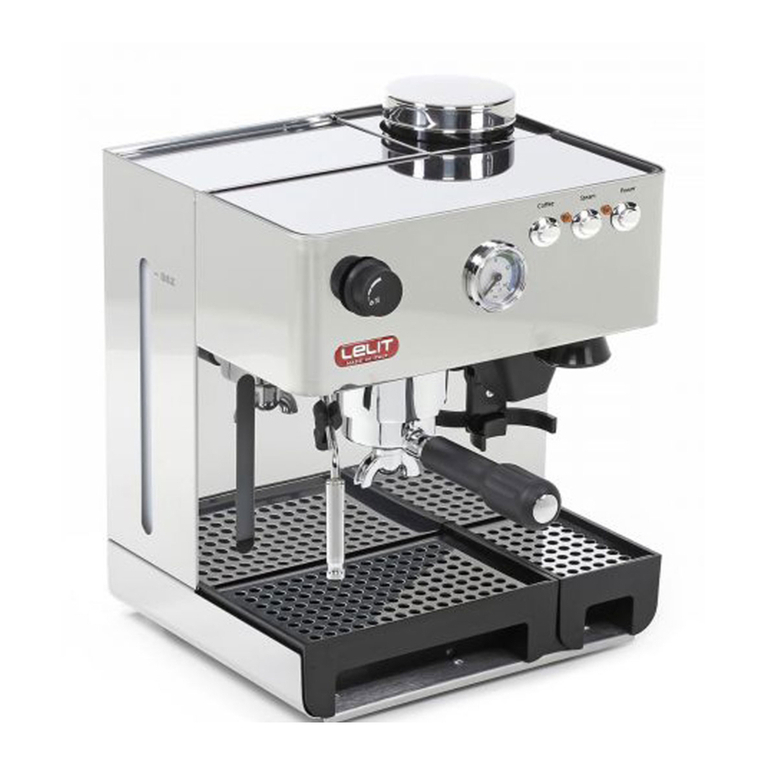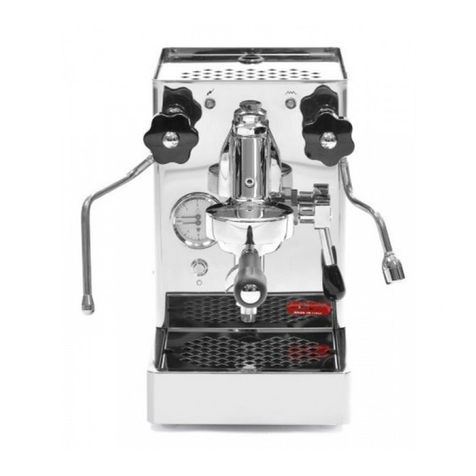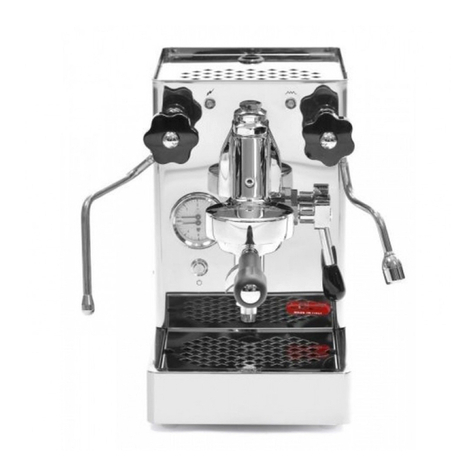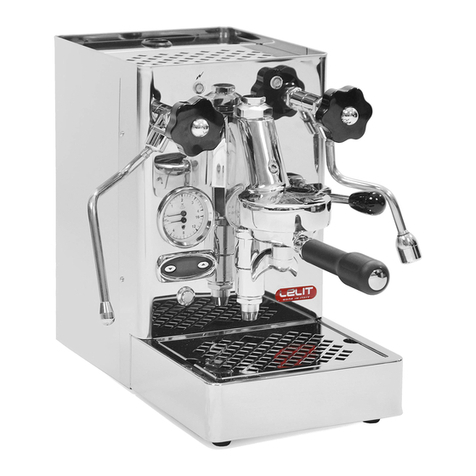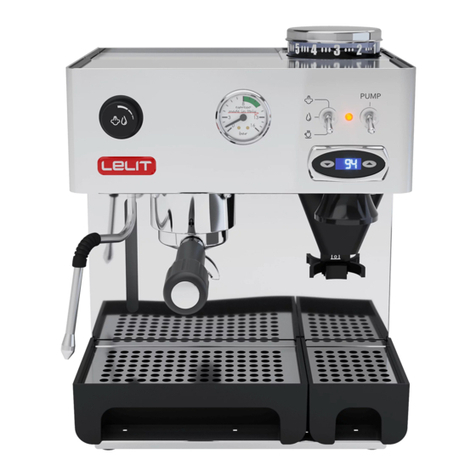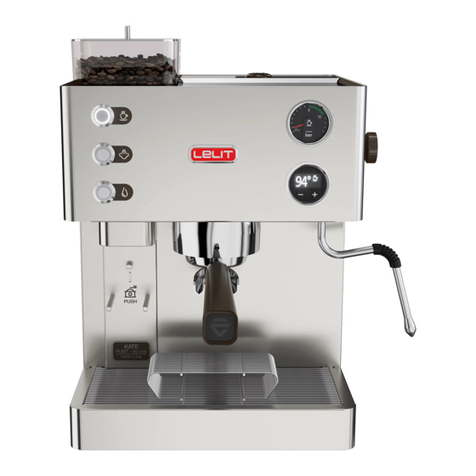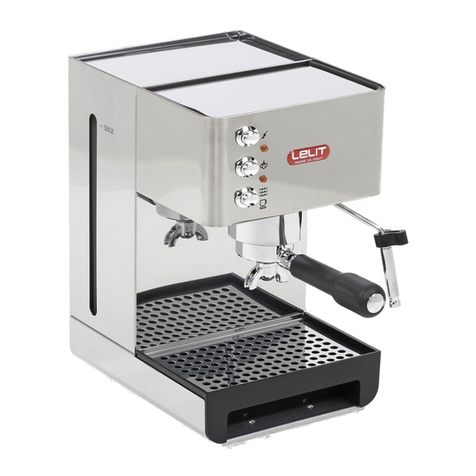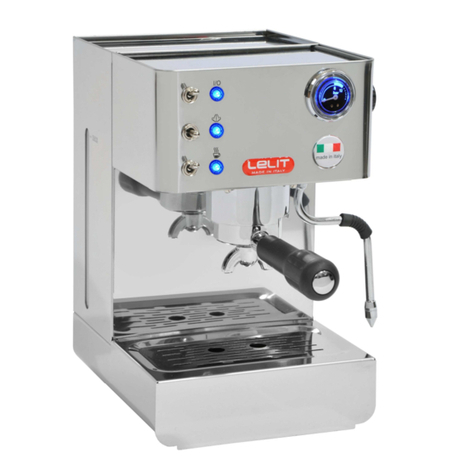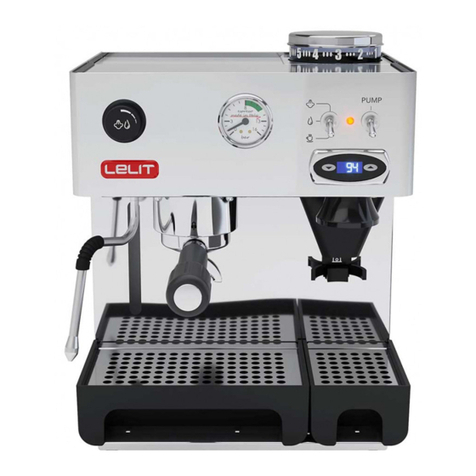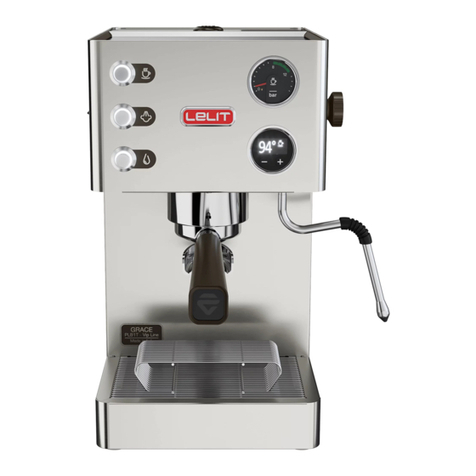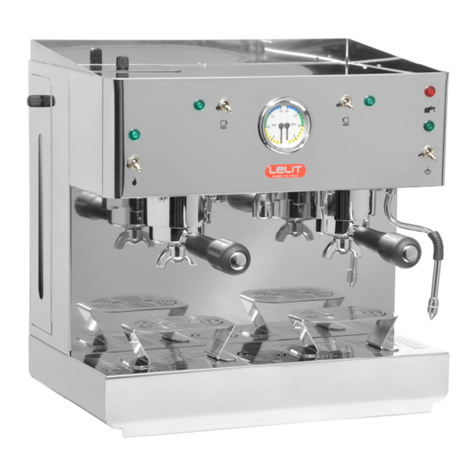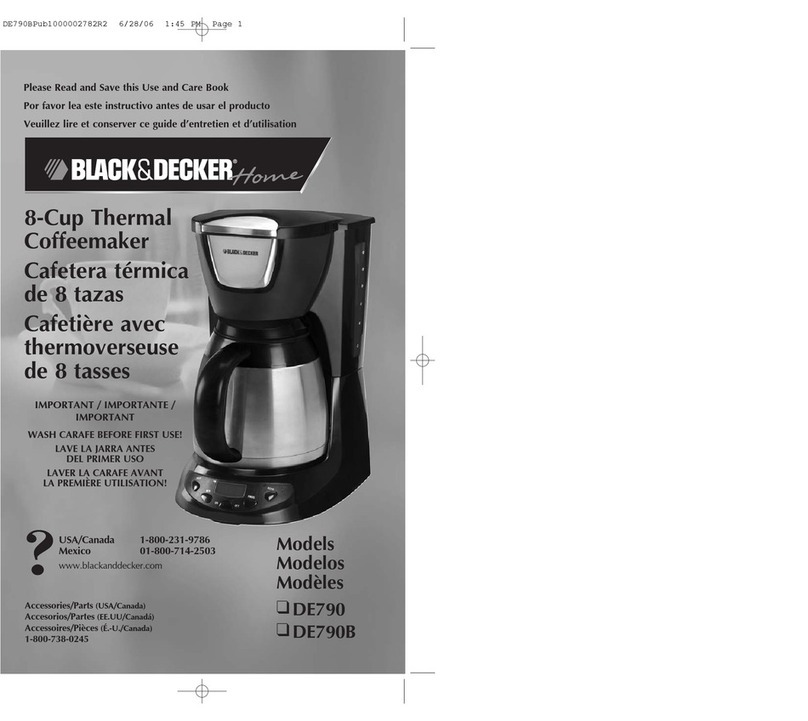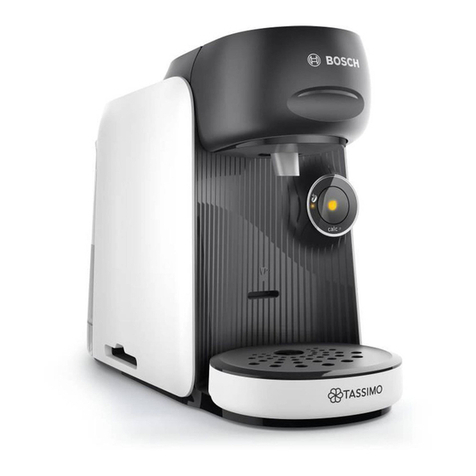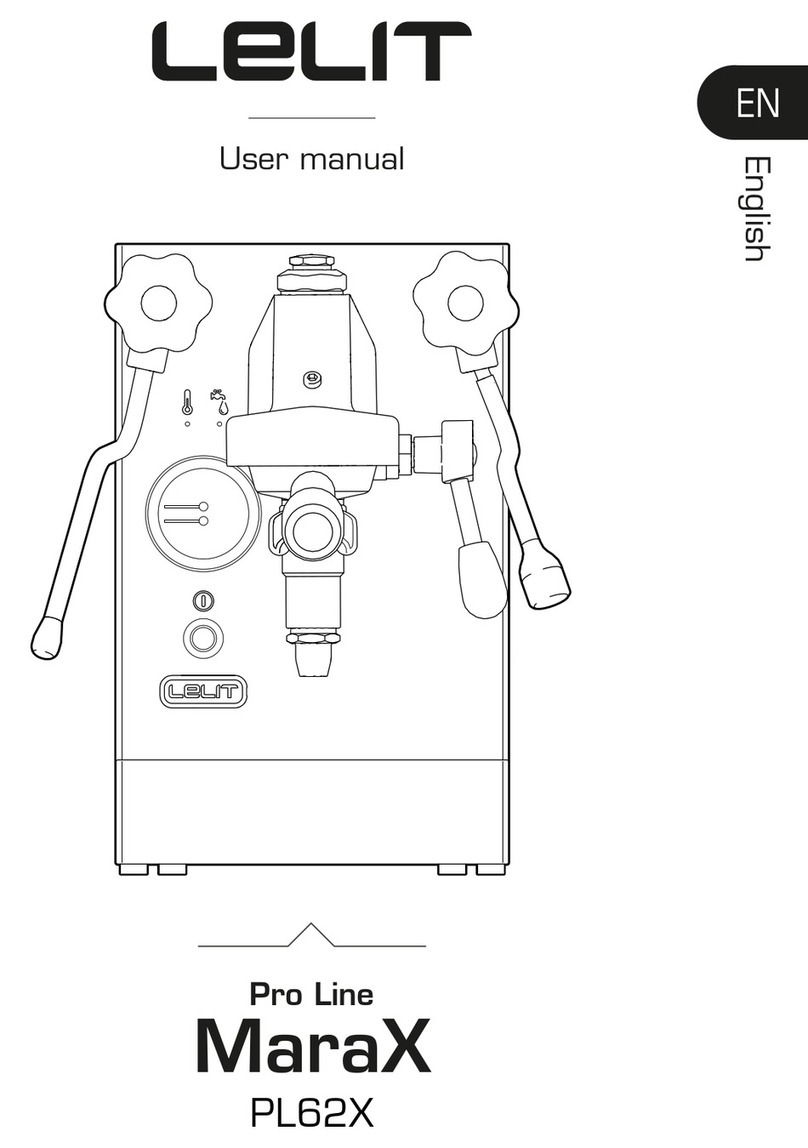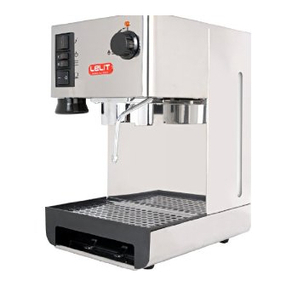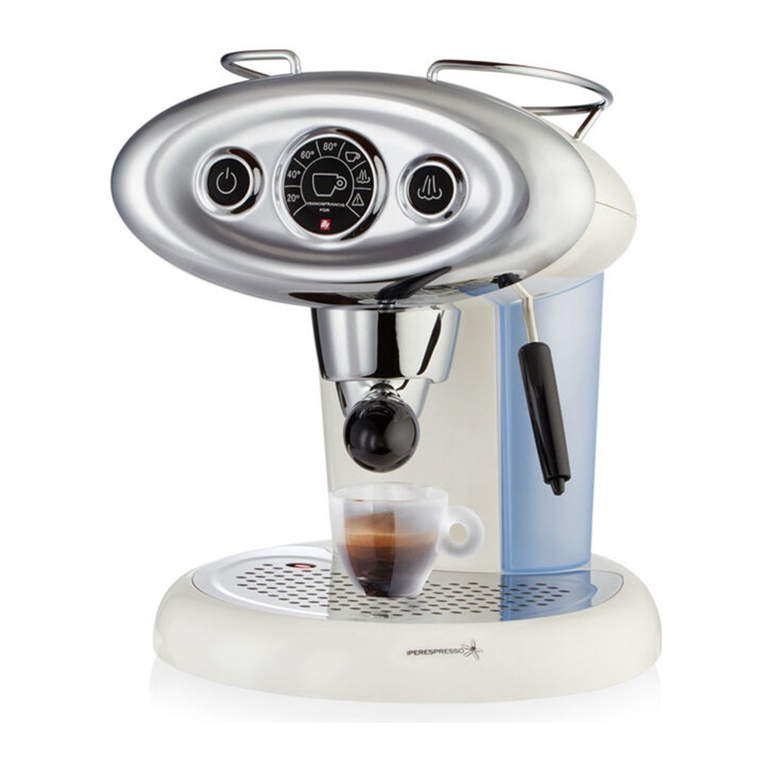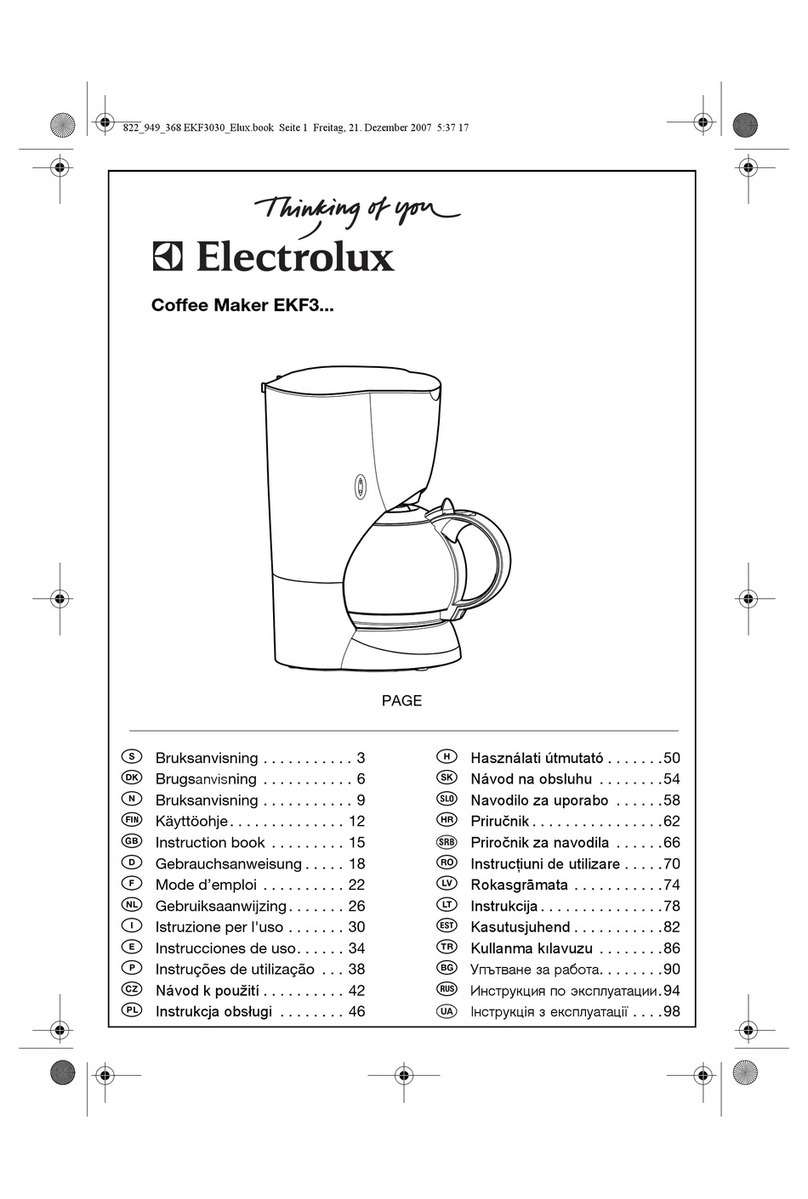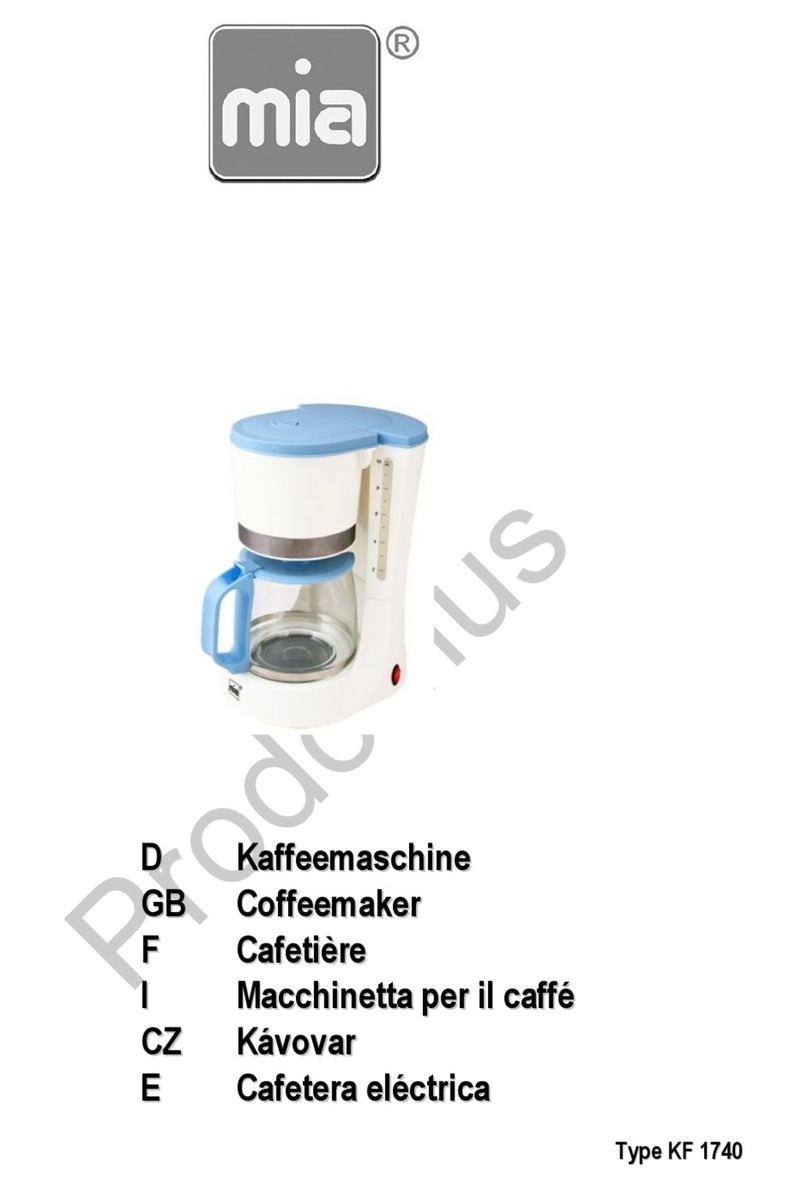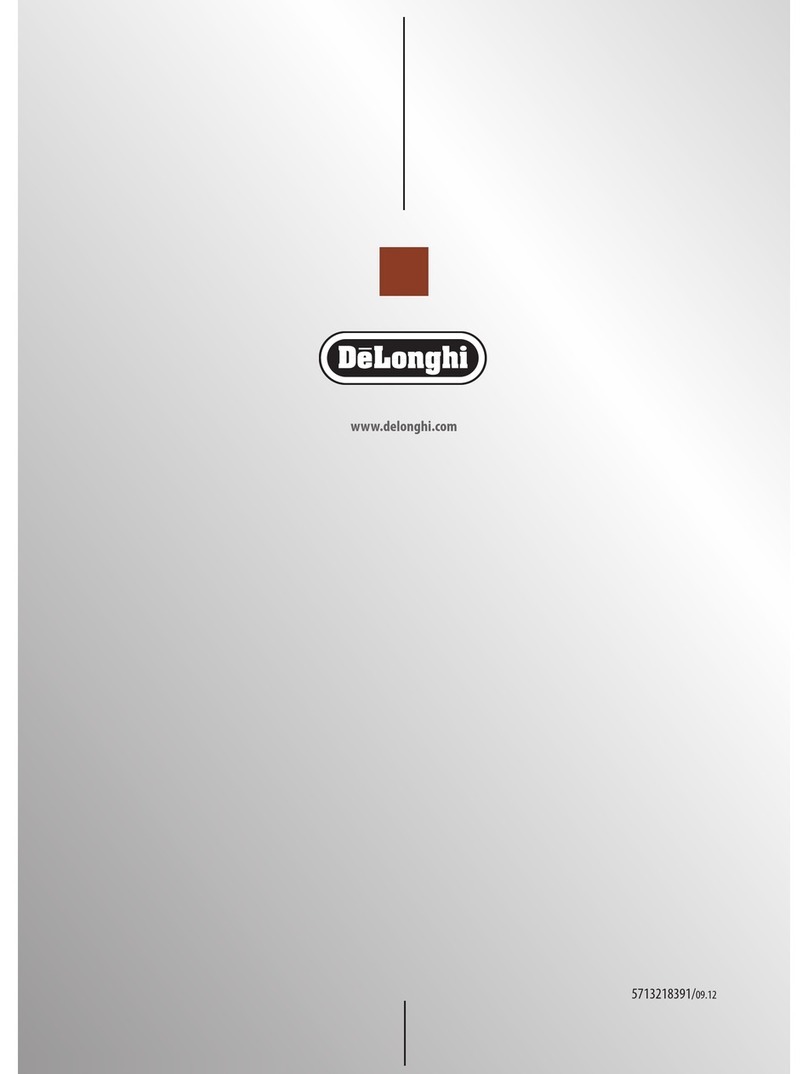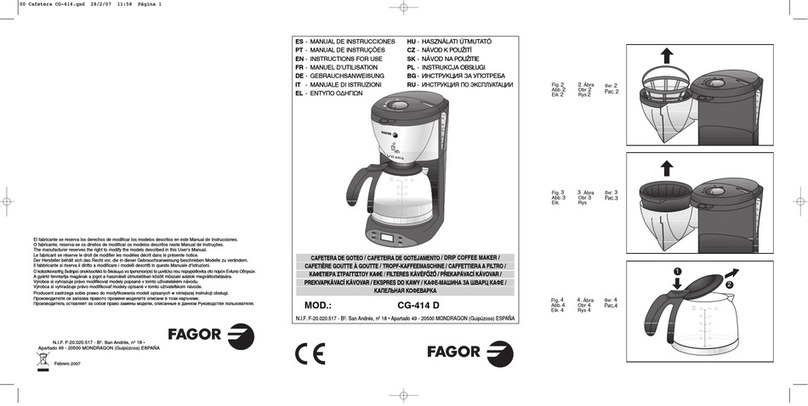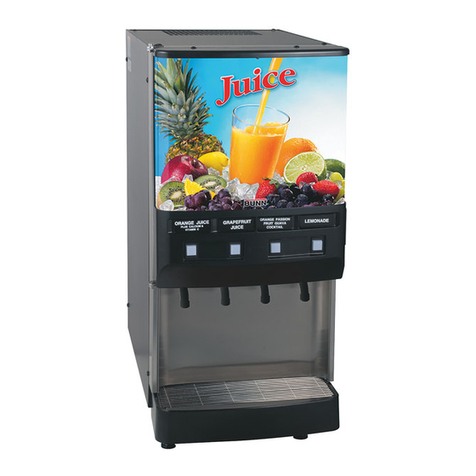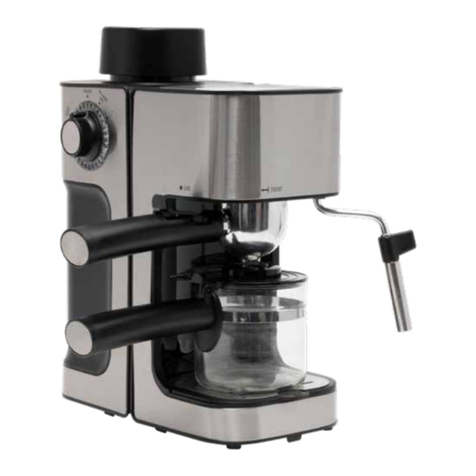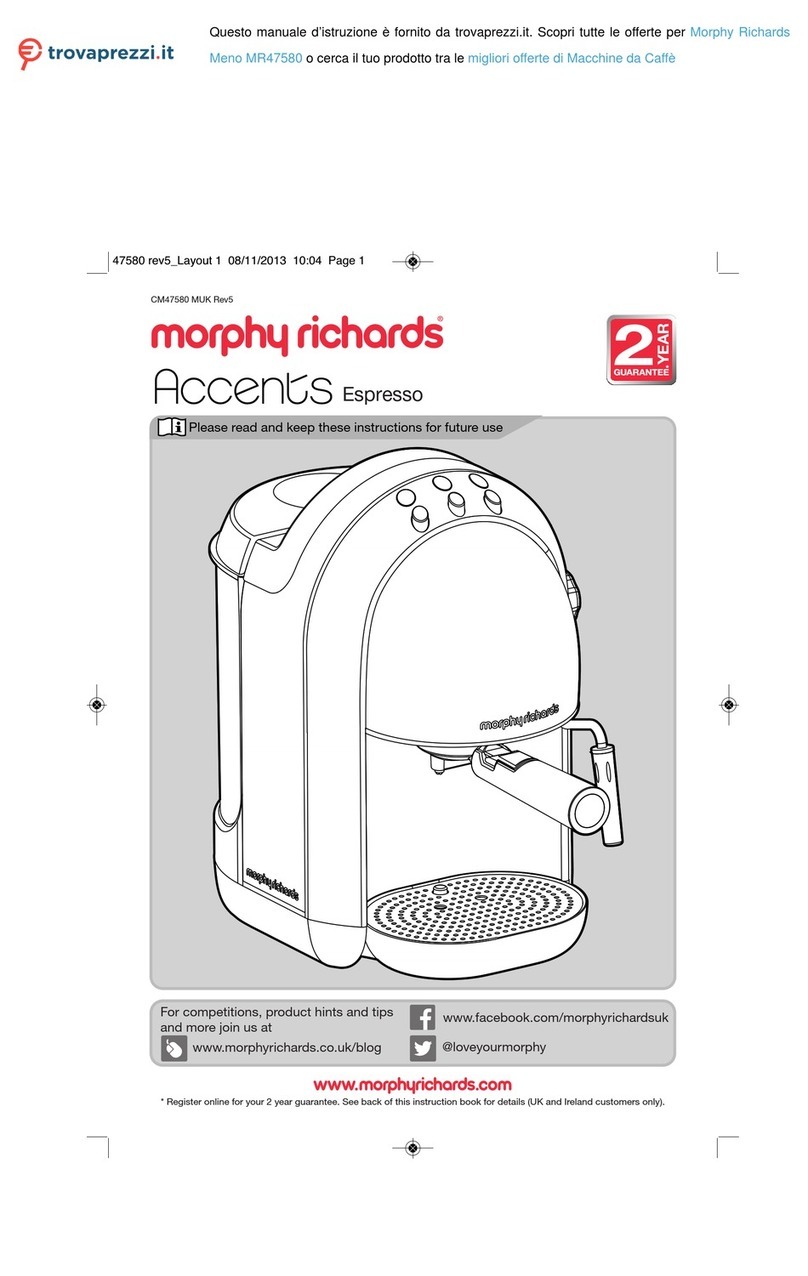
Pagina 5
ITALIANO
RISOLUZIONE DEI PROBLEMI PIÙ FREQUENTI:
La ringraziamo per aver acquistato in nostro prodotto, costruito secondo le ultime innovazioni tecnologiche
Seguendo scrupolosamente le semplici operazioni riguardanti l’uso corretto del nostro prodotto in conformità alle
prescrizioni essenziali di sicurezza indicate nel presente manuale, potrà ottenere il massimo delle prestazioni e
verificare la notevole affidabilità di questo prodotto nel corso degli anni Di seguito forniamo una pratica tabella
riportante alcuni malfunzionamenti e le loro relative rapide soluzioni:
PROBLEMA CAUSA SOLUZIONE
Non si forma la
crema sul caffè
1 La miscela di caffè non è adatta per il
tipo di macchina
2 La macinatura non è corretta
3 La quantità di caffè è insufficiente, il
manometro (17) indica una pressione
inferiore agli 8 bar
4 Il portafiltro non è stato agganciato
bene
1 Sostituire il caffè
2 Regolare la macinatura del caffè
3 Aumentare la dose del caffè e pressarlo
adeguatamente
4 Stringere meglio il portafiltro
Il caffè esce troppo
freddo
1 La macchina non era alla giusta
temperatura
2 Mancato preriscaldamento del
portafiltro
3 Mancato preriscaldamento delle tazze
4 Il termostato non lavora entro i valori
ottimali
1 Rispettare le indicazioni riportate nei paragrafi
“Messa in funzione della macchina” e “Preparazione
del caffè espresso”
2 Il portafiltro deve essere riscaldato
contemporaneamente all’acqua, vedi paragrafo
“Messa in funzione della macchina”
3 Scaldare adeguatamente le tazze
sull’apposito scadatazze (2)
4 Rivolgersi al CENTRO DI ASSISTENZA
Il caffè esce troppo
rapidamente
1 Il caffè è macinato troppo grosso
2 La quantità di caffè è insufficiente
3 Pressatura del caffè insufficiente
4 Caffè/cialda vecchio o inadatto
1 La regolazione della macinatura deve essere più
fine
2 Aumentare la dose di caffè
3 Premere maggiormente il caffè
4 Sostituire il caffè/cialda
Il caffè esce tra il
gruppo erogazione
ed il portafiltro
1 Il portafiltro non è inserito
correttamente
2 Eccessiva quantità di caffè nel filtro
3 Il bordo del portafiltro non è stato
pulito
4 La guarnizione sottocoppa è usurata
1 Inserirlo in modo corretto
2 Diminuire la quantità di caffè
3 Togliere i residui di caffè dal bordo del portafiltro
e pulire la guarnizione sottocoppa
4 Rivolgersi al CENTRO DI ASSISTENZA
Il caffè esce a gocce
1 Il caffè è macinato troppo fine
2 La quantità di caffè è eccessiva
3 Eccessiva pressatura del caffè
1 La regolazione della macinatura deve essere più
grossa
2 Diminuire la quantità di caffè
3 Pressare meno il caffè
La macchina non
eroga vapore
1 Il foro del terminale del tubo vapore
è ostruito
2 Manca acqua nel serbatoio
3 Il tubo vapore non è stato inserito
correttamente
1 Pulire il foro con l’ausilio di un ago
2 Vedi paragrafo “Messa in funzione della
macchina”
3 Riposizionare il tubo vapore
Durante l’erogazione
non esce caffè; il
manometro indica 0
bar
1 Manca acqua nel serbatoio
2 Interruttore vapore azionato
1 Introdurre acqua nel serbatoio
2 Disinserire l’interruttore vapore
Durante l’erogazione
non esce caffè; il
manometro indica
più di 14 bar
1 Il caffè è macinato troppo fine
2 La quantità di caffè è eccessiva
3 Il caffè è troppo pressato
4 Doccetta sporca
1 Sostituire con una macinatura più grossa
2 Diminuire la quantità di caffè nel filtro
3 Pressare meno il caffè
4 Rivolgersi al CENTRO DI ASSISTENZA
La macchina non
funziona e la
lampada spia
tensione non si
spegne
1 Manca la corrente
2 La spina del cavo di alimentazione
non è inserita correttamente
3 Il cavo di alimentazione è
danneggiato
1 Ripristinare la corrente
2 Inserire correttamente la spina del cavo di
alimentazione nella presa di corrente
3 Rivolgersi al CENTRO DI ASSISTENZA per la
sostituzione
La spia di accensione
è accesa e la spia
pronto vapore non si
accende entro 10
minuti
1 I termostati di servizio non
funzionano
2 La resistenza è interrotta oppure
bruciata
1 Rivolgersi al CENTRO DI ASSISTENZA
2 Rivolgersi al CENTRO DI ASSISTENZA
L’elenco aggiornato dei centri assistenza autorizzati LELIT è disponibile all’indirizzo
http://www lelit com/web/assistenza asp
I dati e le immagini riportati potranno subire variazioni senza preavviso al fine del miglioramento delle prestazioni
della macchina
